We spent a few hours exploring Fort Kaskaskia State Historic Site and its satellite historic sites- the Pierre Menard Home and Kaskaskia Bell. We’ll share all about how to visit these three sites, as well as a guide to the Fort Kaskaskia campground.
Fort Kaskaskia State Historic Site
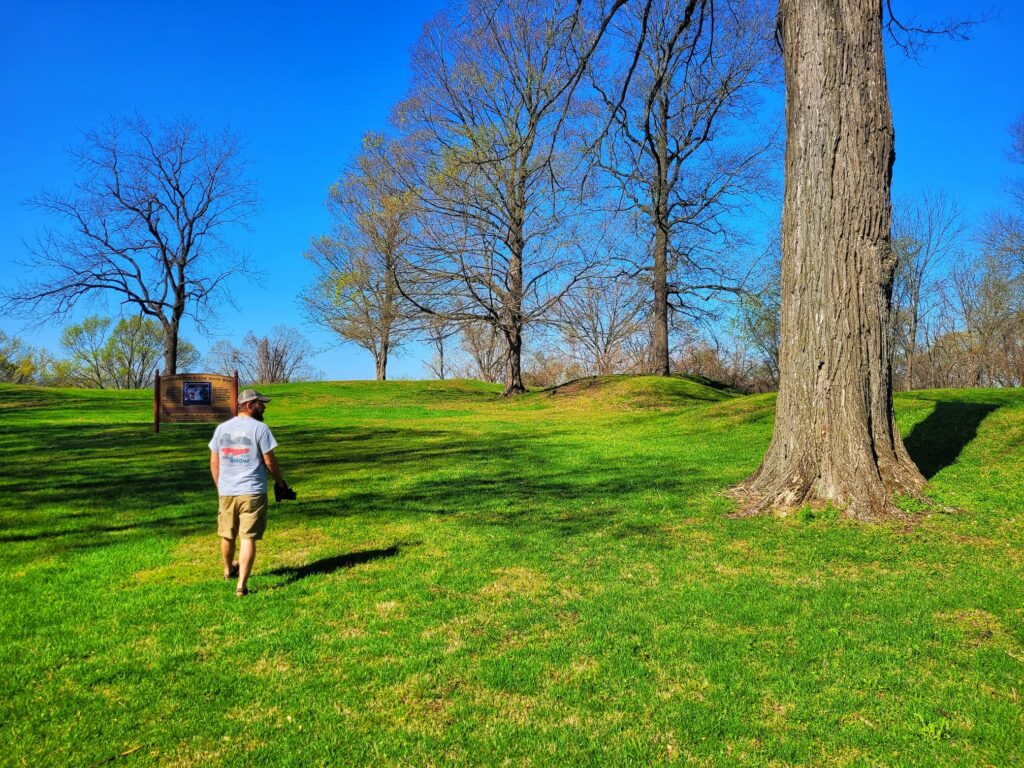
Historic Areas in the Park
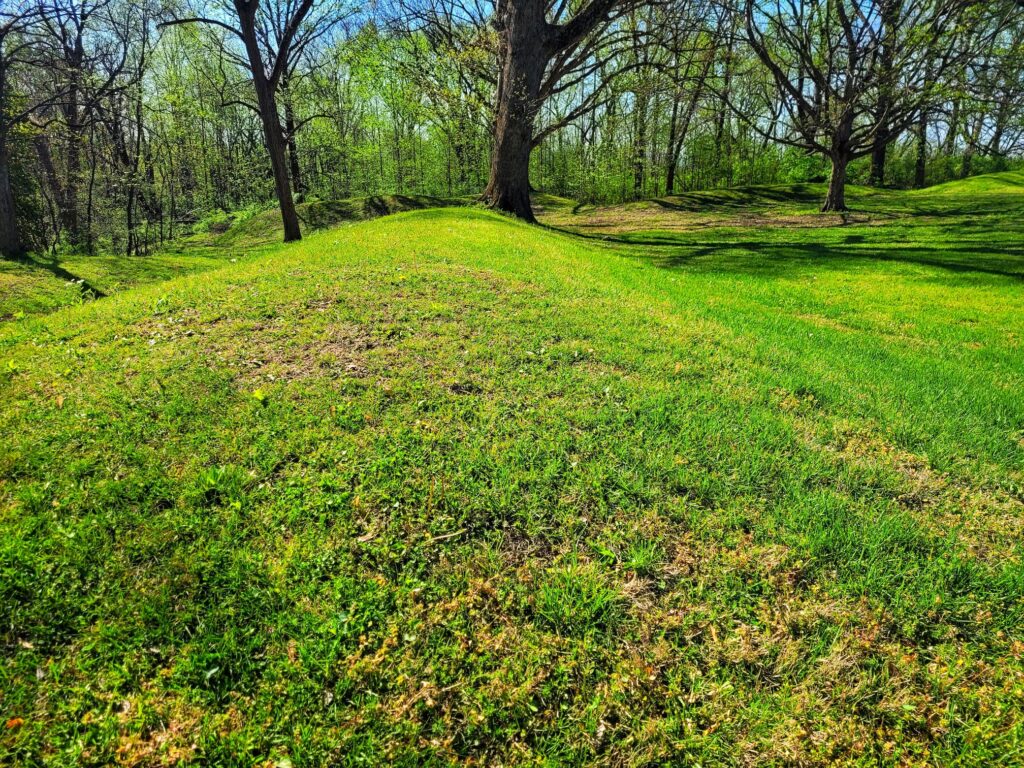
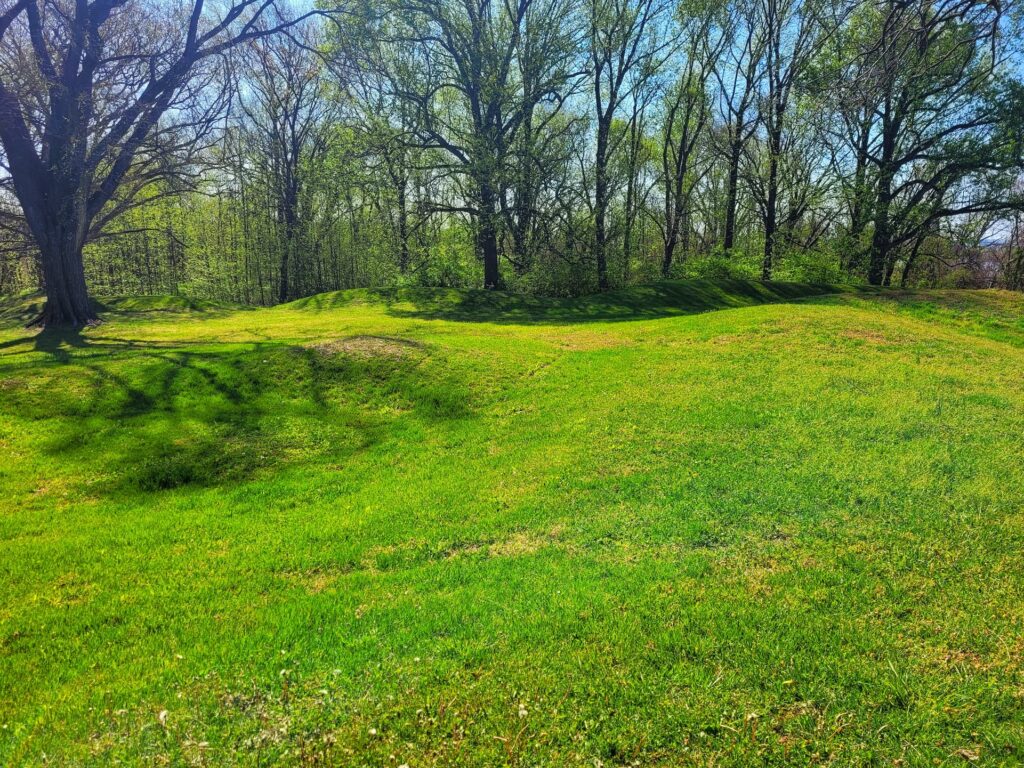
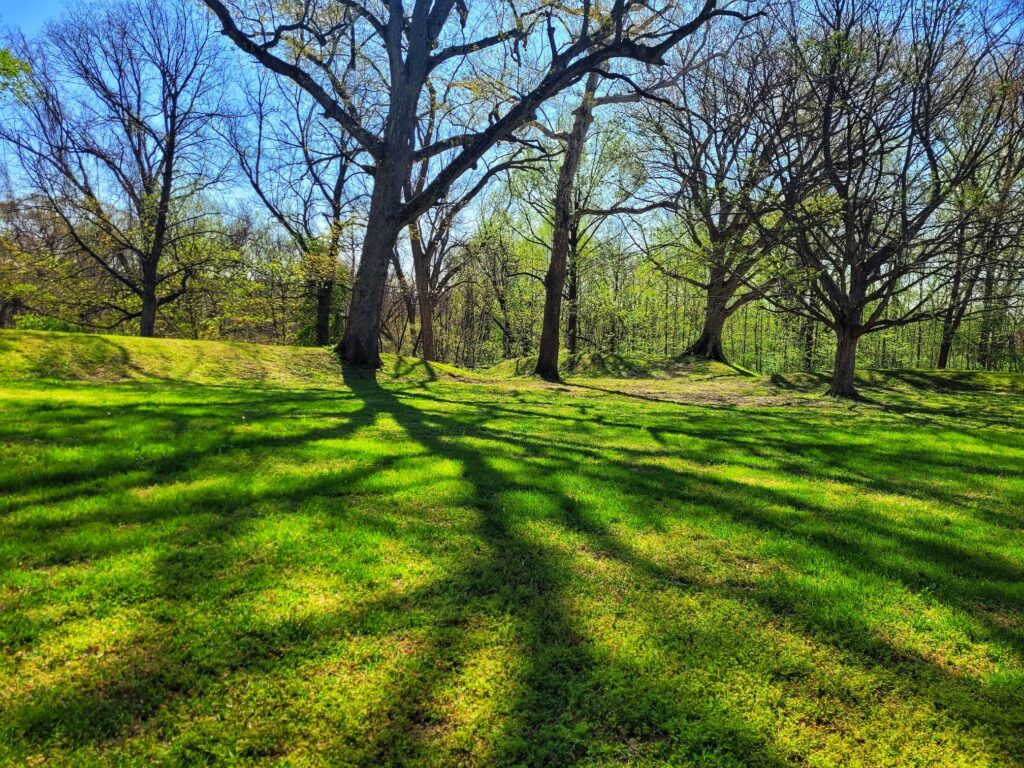
Fort Kaskaskia Remains
There’s one main road going into Fort Kaskaskia, so it’s impossible to miss the remains of the fort. The earthen fort was never fully completed, but there are still mounds from the main walls. It was constructed in 1759 and is pretty small compared to Fort de Chartres that we had previously visited. Fort Kaskaskia was used periodically by the French and US until 1807. The town of Kaskaskia itself was founded in 1703 and was the first Illinois capital from 1818-1820.
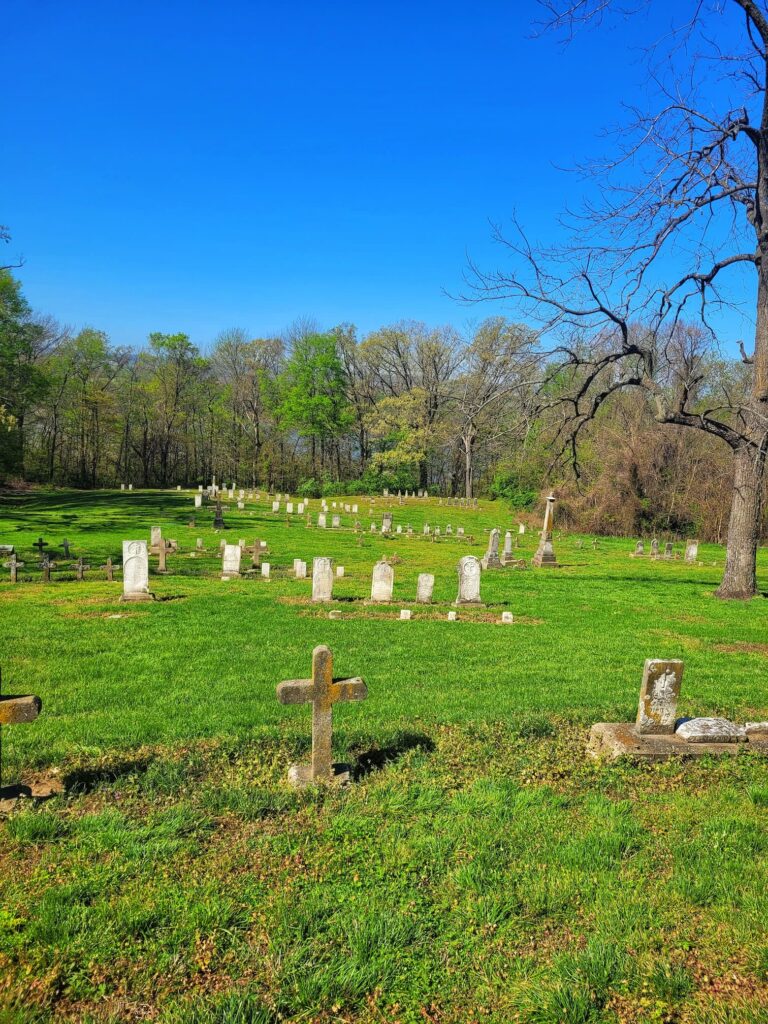
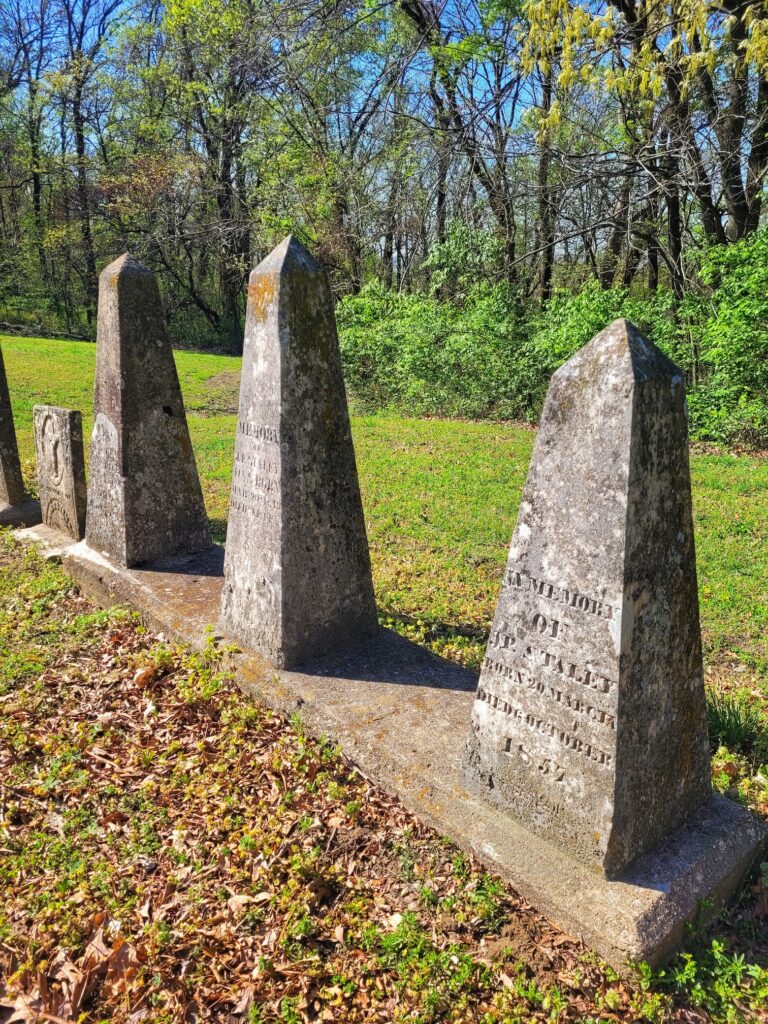
Garrison Hill Cemetery
Continuing down the main road, you’ll next see Garrison Hill Cemetery. This cemetery was created in 1891 because town residents feared that the graves of early settlers would be flooded out. Remains were moved here and it was used until the 1960s. The cemetery is on a steep hill, it was fun wandering and exploring- but not quite as fun going back up the hill.
Menard Cemetery
We actually missed Menard Cemetery while visiting the fort, so we’ll have to come back sometime. It’s tucked back a bit from the road and is where Pierre Menard, the first lieutenant governor of Illinois is buried.
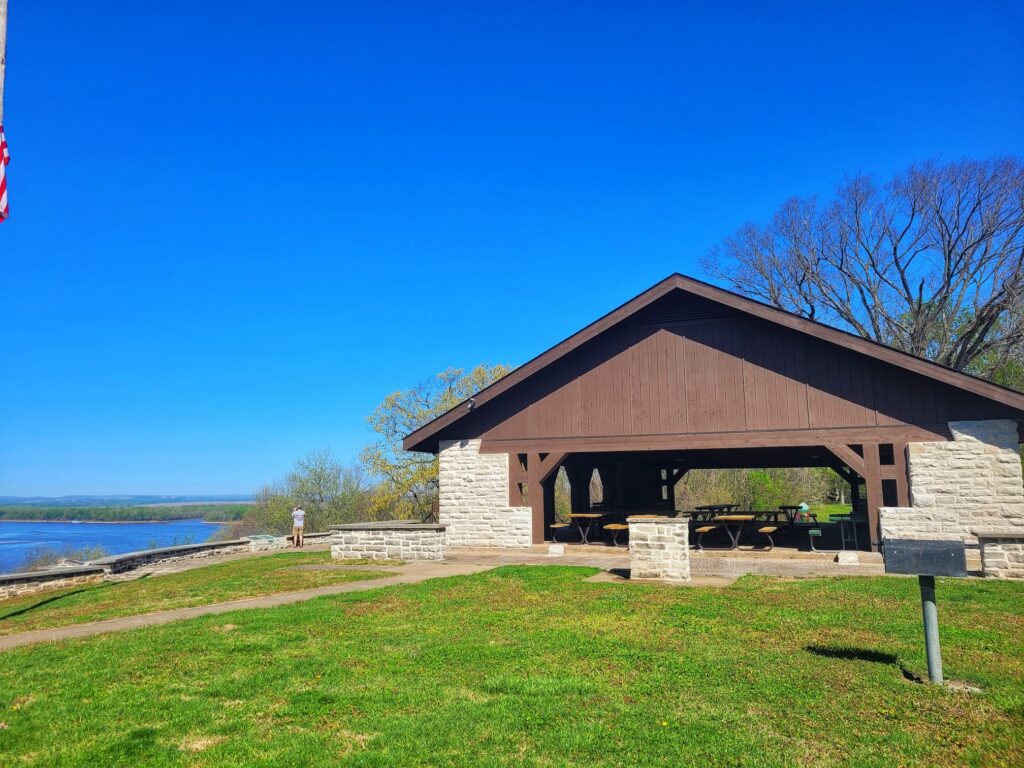
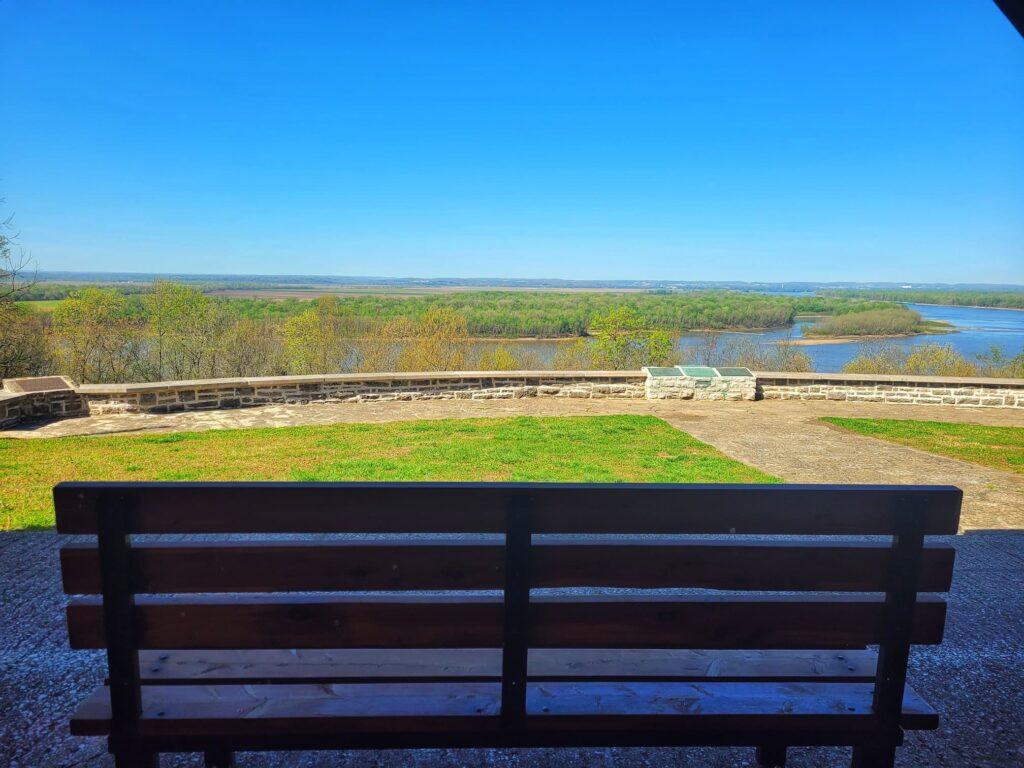
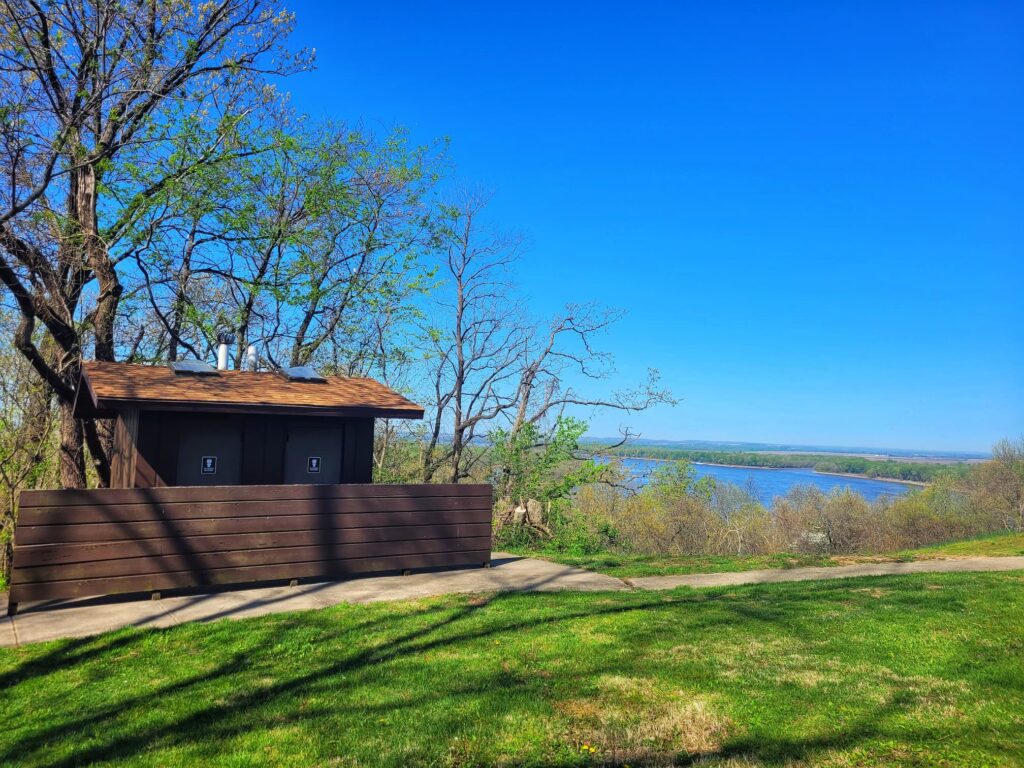
Mississippi River Overview
At the picnic shelter overlooking the Mississippi River there are a series of informational signs along the outlook, as well as a couple more on the shelter themselves.
At the river overview, there is a large informational sign about Lewis & Clark’s visit to Kaskaskia. The Fort Kaskaskia site is part of the Lewis & Clark National Historic Trail. This site is on the confluence of the Mississippi and Kaskaskia rivers. Lewis & Clark stopped here in 1803 so that the Corps of Discovery could add more men, study the region, and gather supplies.
Fort Kaskaskia Campground
Fort Kaskaskia has a small campground with a mix of non-electric tent sites and 30 amp electric-only rv/tent sites. Sites 1-25 are reservable on camp.exploremore.il and sites 25-29 are walk-in only. The primitive sites are all only walk-in.
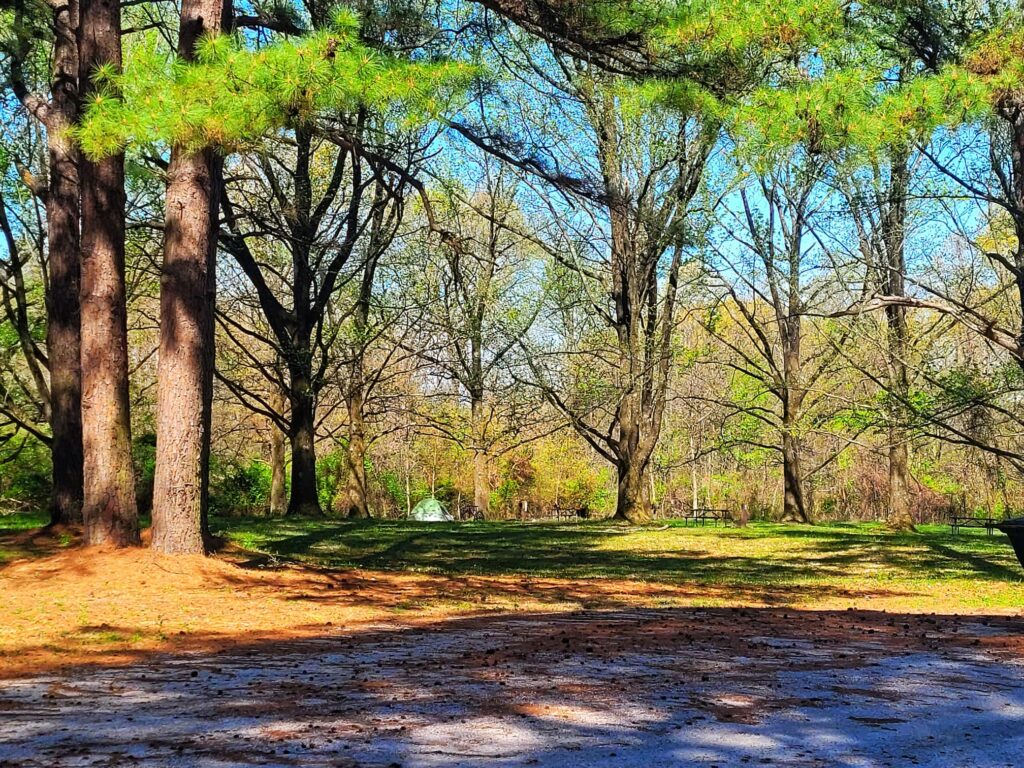

For walk-ins, you can pay with cash or check to either park staff or at the drop box. Non-electric sites cost $8/night and electric sites cost $18/night. There is no showerhouse, but there is a dump station, toilets, and water access.
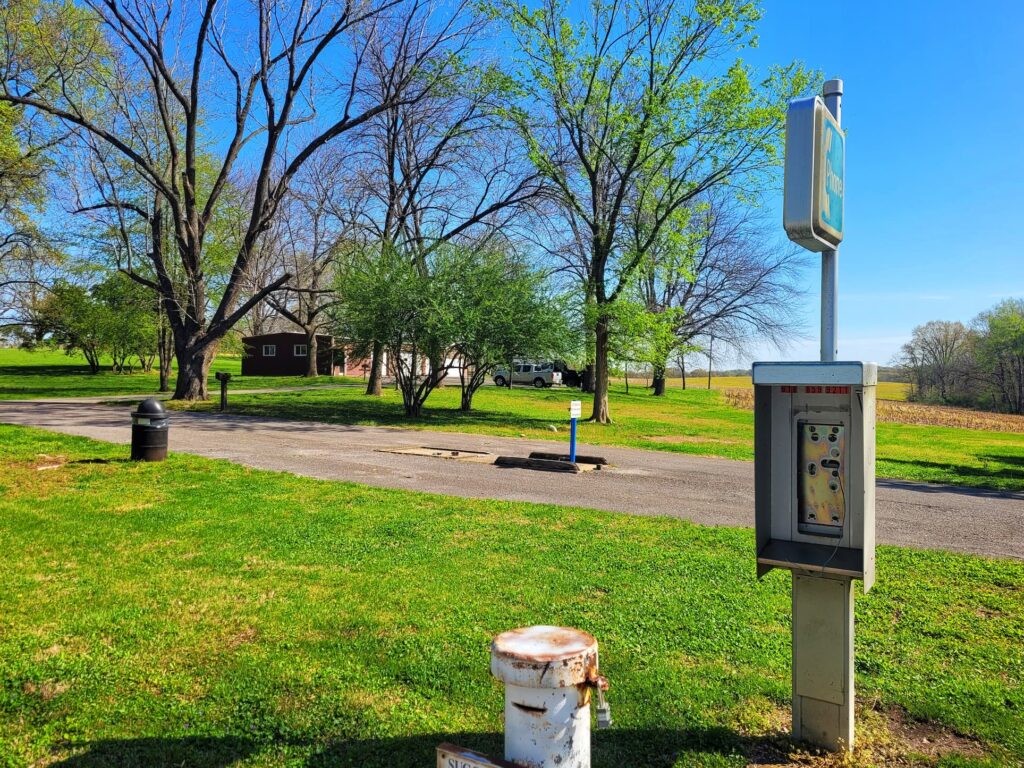
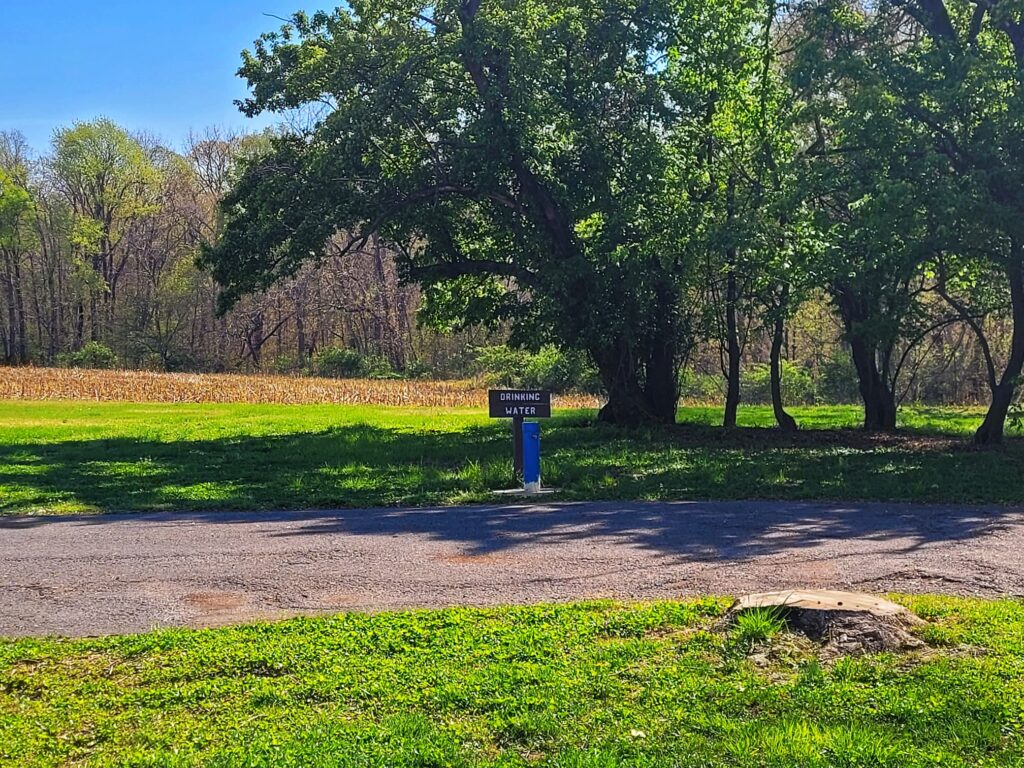
The campground was pretty busy when we visited. The sites looked nice, but are pretty close together. It might be difficult to back in with a larger rig if it is a busy weekend. Also, the park road starts off pretty steep and twisty, which could also be a challenge if you have a larger rig.
Fort Kaskaskia Map
The IDNR does not have a regular park map available online, but their hunting map will give you an overview of the site. It can be found at: https://dnr.illinois.gov/content/dam/soi/en/web/dnr/hunting/factsheets/documents/fortkaskaskiahuntermap.pdf
Satellite Historic Sites
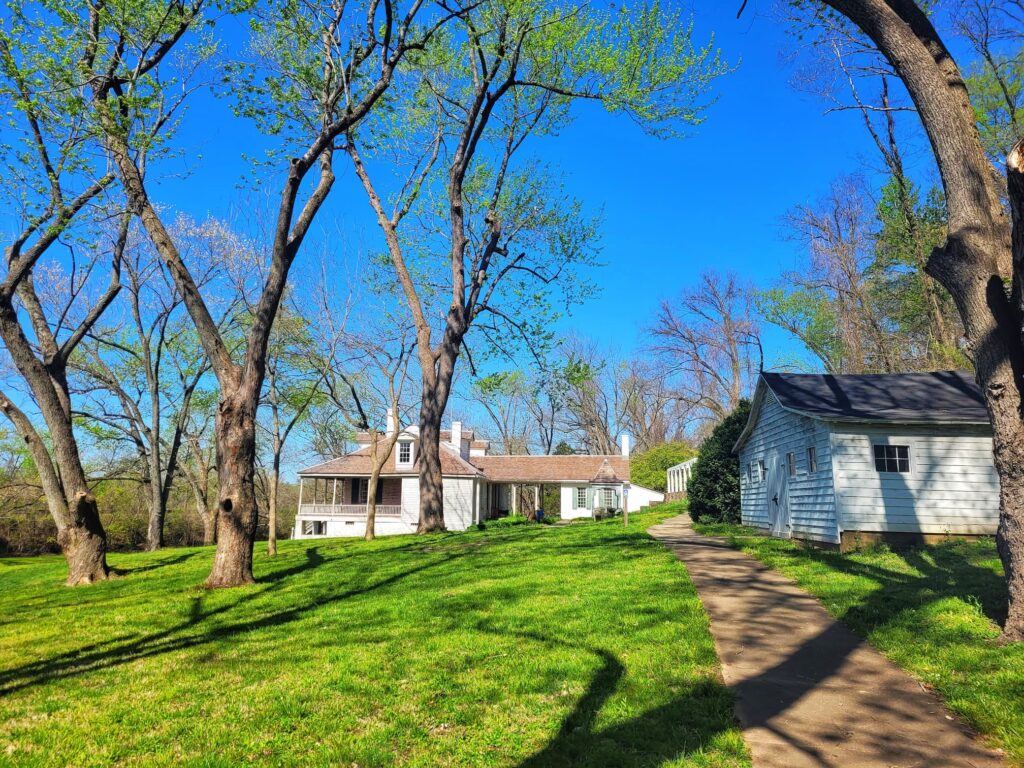
Pierre Menard Home State Historic Site
From Fort Kaskaskia, you can either take the footpath or drive over to the Pierre Menard home. Menard (1766-1844) was a French Canadian fur trader who became the first lieutenant governor of Illinois in 1818. The home and grounds are now a state-run historic site and National Historic Landmark. The grounds are open sunrise-sunset to explore, and the home is open seasonally for visitors.
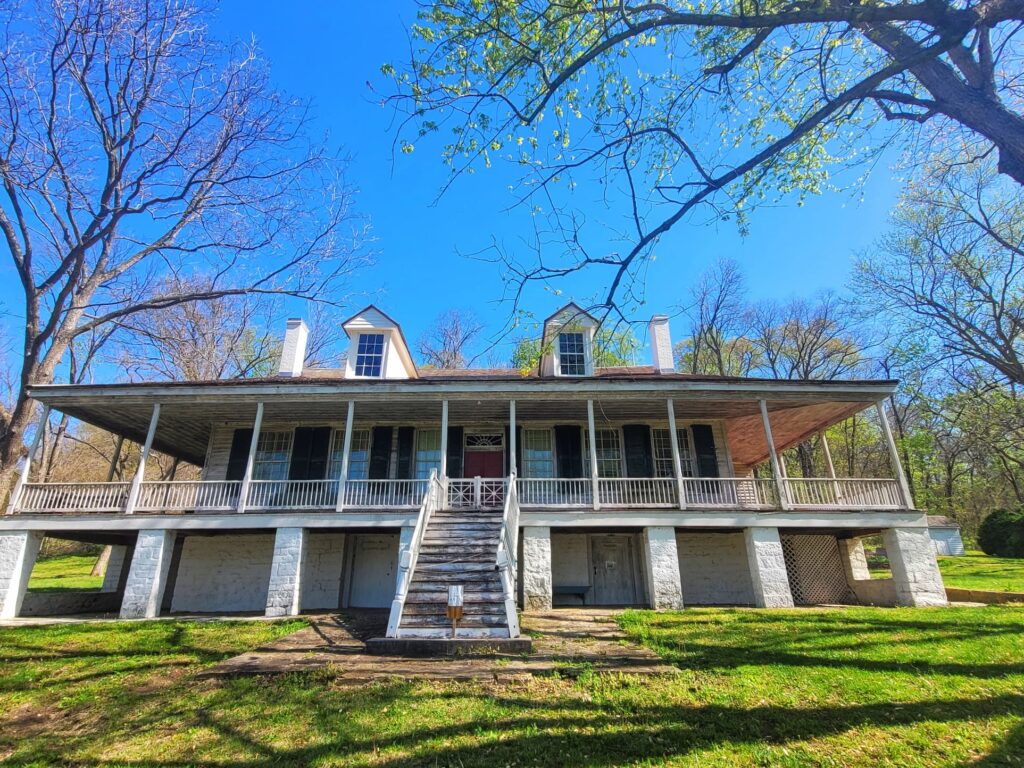
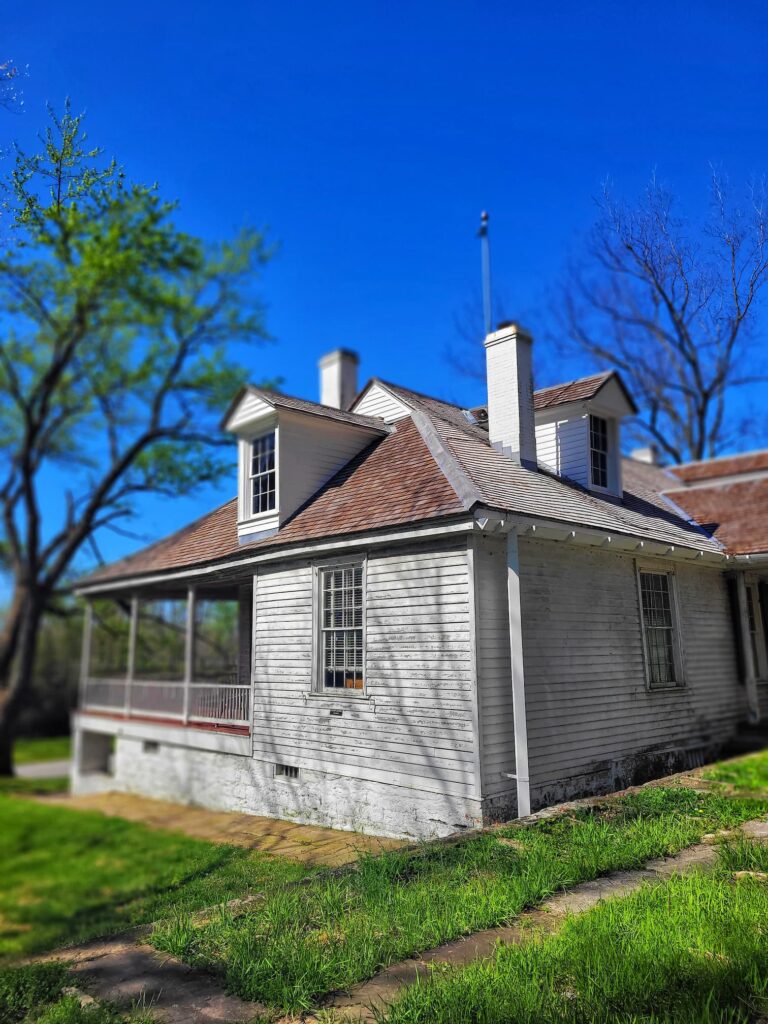
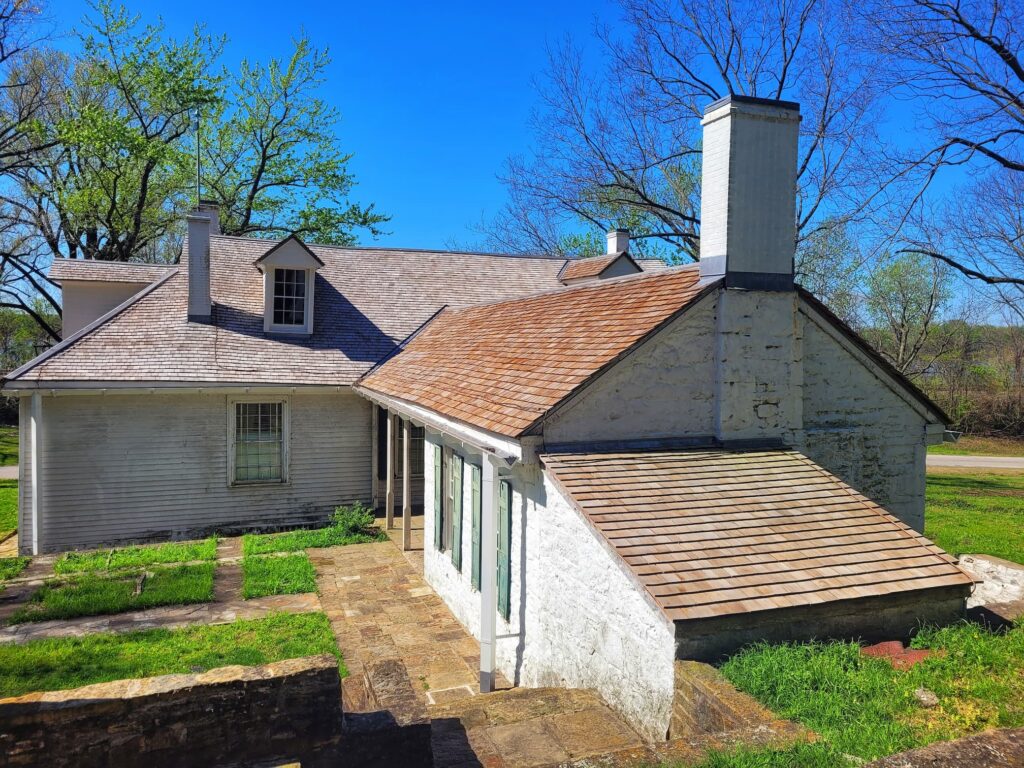
The two-story house is also on the National Register of Historic Places as an example of a French Colonial Louisiana-type plantation house that has had littler alteration. On the ground level of the house there is a small museum and the second level contains rooms representing how the Menards would have lived. They even have quite a few original pieces of furniture. Besides the house, there is a poteau sur solle privy, brick kitchen, reconstructed brick smokehouse, reproduction springhouse, and historic herb & vegetable garden.
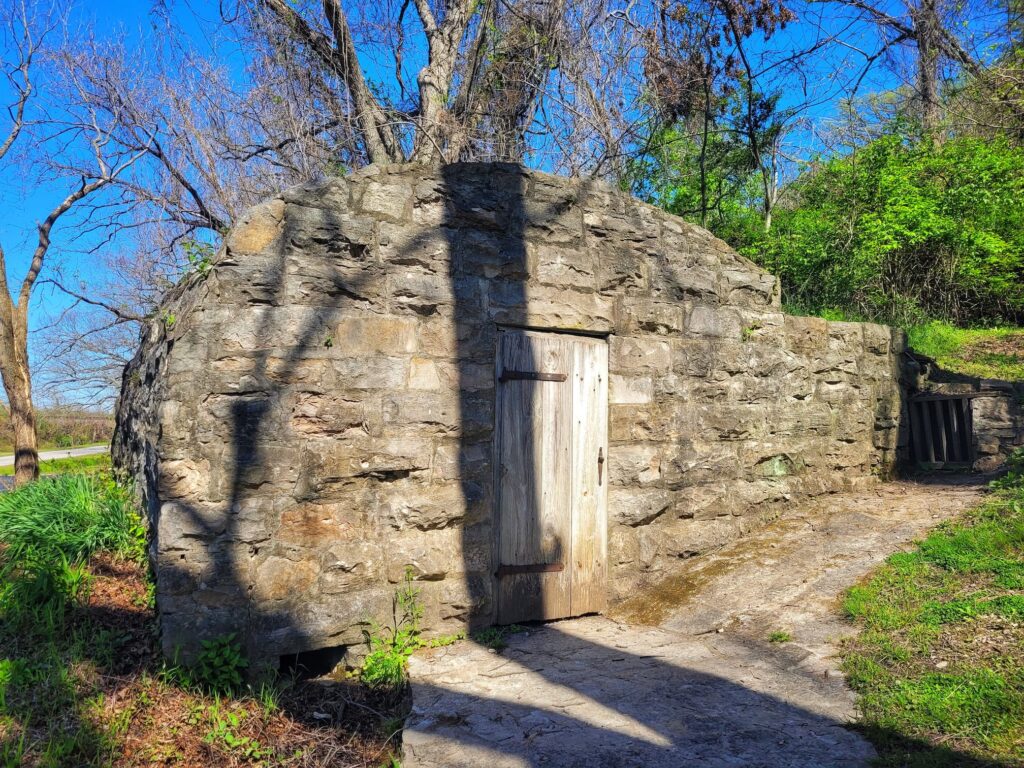
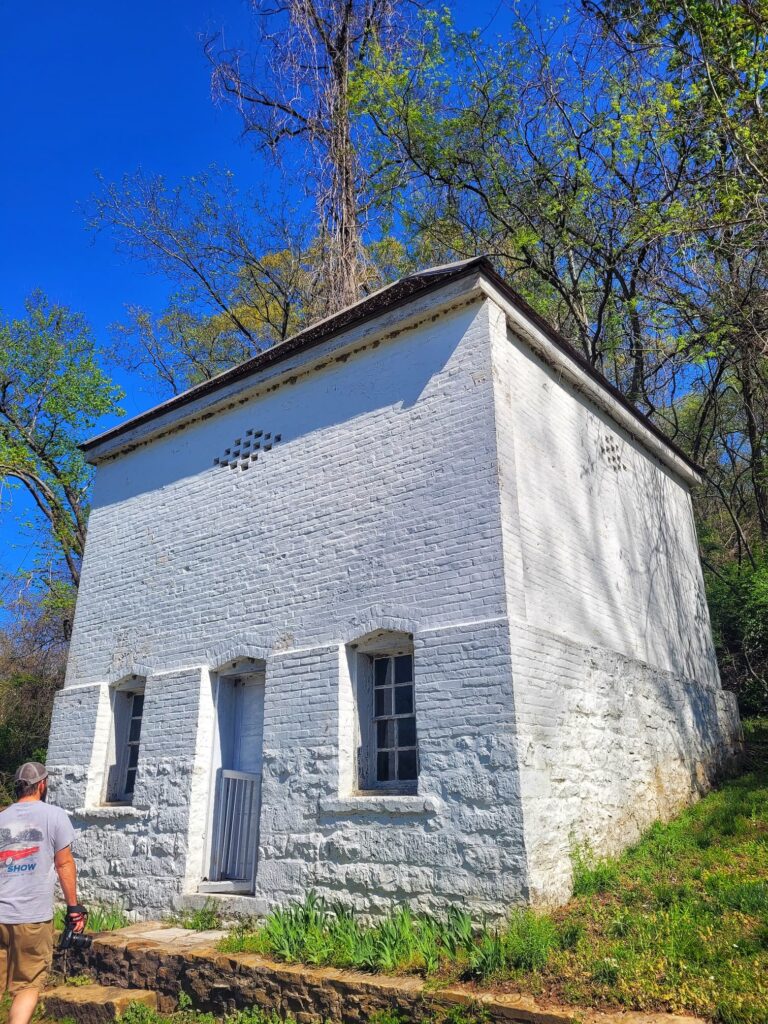
Kaskaskia Bell State Historic Site
The Kaskaskia Bell is in Kaskaskia, Illinois but is only accessible by crossing the Mississippi River into Missouri. From Fort Kaskaskia, it’s a 20-30 minute drive. The site is open sunrise-sunset every day.
The Kaskaskia bell was cast in 1741 and given by King Louis XV as a gift to the Catholic Church in Illinois Country. This was during the time that this part of Illinois was French-ruled. The bell originally hung in the Immaculate Conception church next door. It was rung on July 4, 1778 to celebrate liberation from the British by Colonel George Rogers Clark and now every year there is a July 4th celebration in town. The bell has been nicknamed the Liberty Bell of the West.
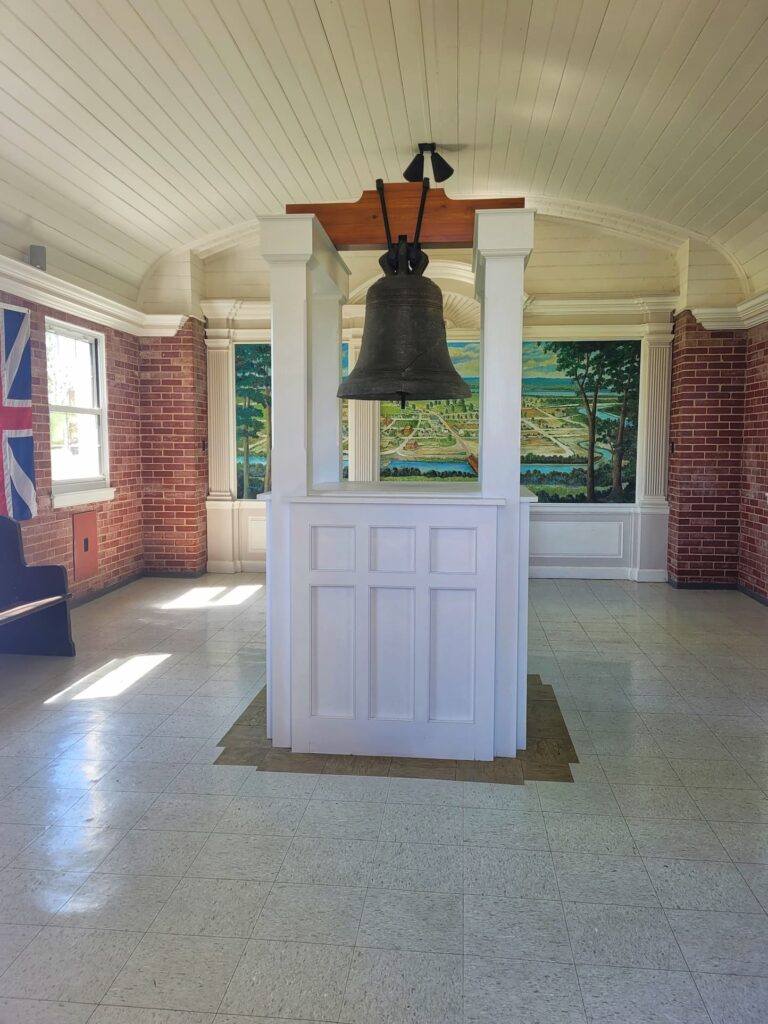
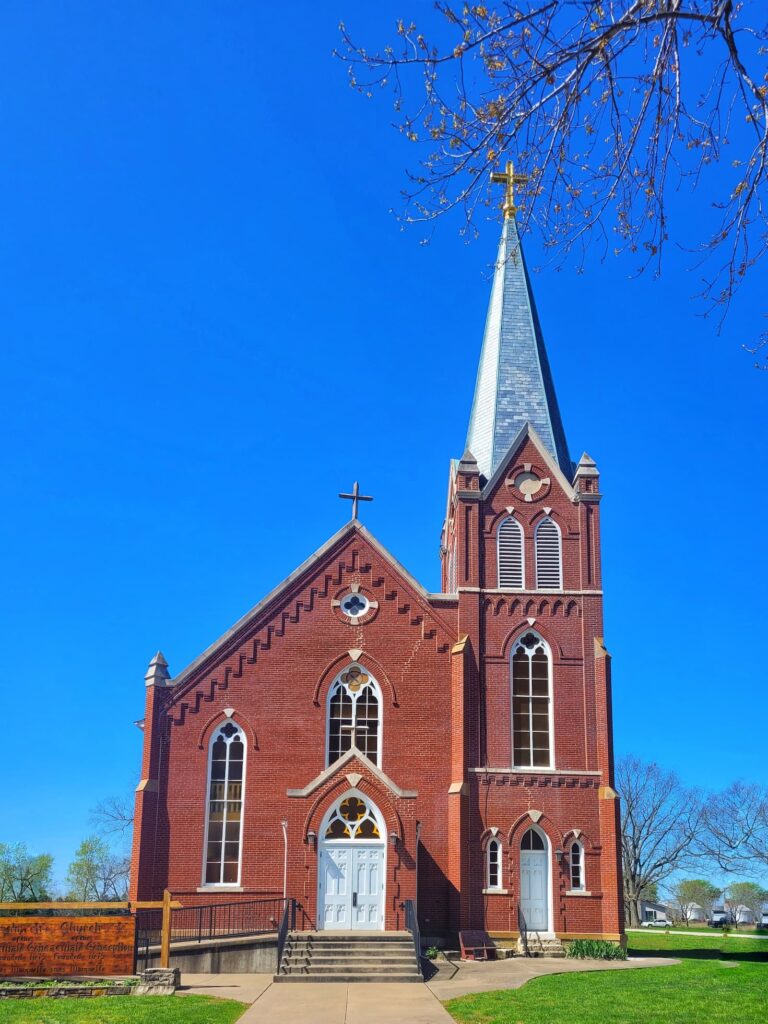
The bell is housed in a small brick building. Visitors can see the bell by pushing a green button to automatically open the doors behind the locked gate. Around the edge of the building there are murals of the history of the area, and the bell is in the center of the room. There is also a white doorbell you can push for audio narration about the bell. Behind the bell is a set of public restrooms.



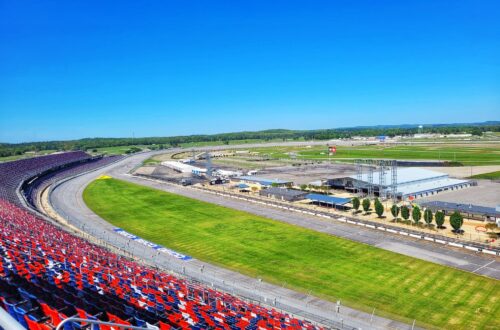
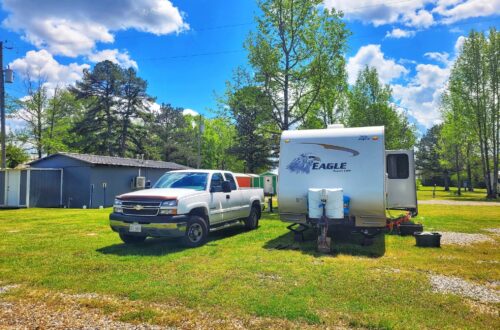
3 Comments on “Fort Kaskaskia and More: Historic Sites and Campground Guide”
Comments are closed.